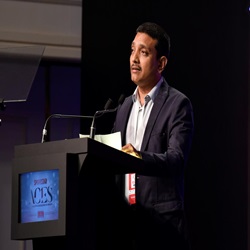Elective Courses
Electives form a vital component of the ACJ’s academic programme. Over the year, all students take three elective courses chosen from a wide variety of offerings. In the first semester, all students are expected to submit a list of seven electives, in descending order of preference. Ideally, students will have two electives in semester one and the remaining one in the other. Students may not get all the electives of their choice. These courses, which may be conducted in the form of lectures, seminars, or workshops, are taught by adjunct or full-time faculty members who are experts in their fields and are drawn from both academia and the media. The electives provide students an opportunity to study some of the subject areas introduced earlier in greater depth and to learn certain specialised kinds of reporting.
The list of electives varies from year to year, and subjects may be added if there is sufficient student demand. The following electives are offered for the year 2025-2026.




















